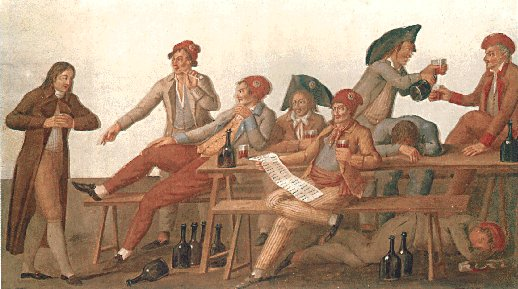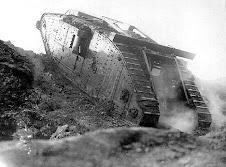
It´s 50 years now from the soviet troops Berlin Blockade, a thrilling story of how a great city could be supplied only by air. Even before World War II ended, the Western Allies knew that the peace was going to be tough, with the Soviet Union trying to control as much of Europe as it could—all the way to the Rhine, if possible. The Americans let their conscript army go home; the Russians did not. By June 1948, the U.S. had only 90,000 troops in Germany, facing a million men of the Red Army in the much smaller Soviet zone of occupation. The clashing visions of postwar Europe led to a crisis over what now seems a trivial dispute: whether the French, British and Americans could introduce a common currency in their West German occupation zones and—this was key—bring the new banknotes to Berlin. The defeated country's capital city was now divided between the Russians and the Western Allies though situated 100 miles inside the Soviet zone.
To prevent the banknotes from arriving—and potentially facilitating the rise of an independent, Western-oriented economy—the Russians halted traffic on the highways and railroads leading into the city. That move put the U.S. on the horns of a dilemma: risk war by ramming a convoy through to Berlin or make a humiliating retreat from the island city, leaving West Berliners to become part of the Soviet bloc. The actual solution was to supply Berlin supplied by air. It was possible? "Absolutely impossible," said the American military governor, Gen. Lucius Clay. The British were optimistic, though; they would not only feed their own garrison but have a go at supplying the Berliners as well. But President Truman gave the Order: he penned a dispatch to Gen. Clay: "We have ordered our planes all over the world to fly to Europe. You have our full support. God bless Berlin."
It was a risky mission, for Lt. McAfee and the thousands of other pilots and crew members—mostly British and American—who managed to supply Berlin for the rest of the year and well into 1949: Flying into the city's two airports was less a matter of landing than of diving, and on a glide path that, at one point, could put a plane's wheels within 17 feet of an apartment building. In the winter, fog settled over Berlin, requiring pilots and air controllers to cope with "zero-zero" conditions—no forward visibility and no sight of the ground until the wheels touched down. Altogether, the airlift would kill at least 80 servicemen and civilians—more British lives than American, along with the lives of several German workers. A third airport was hurriedly built from the city's rubble, largely by German housewives. Indeed, a majority of West Berliners were women—thanks to the ravages of war—and many had been raped between the time the city fell and the Americans arrived, a period of 62 days. (Mr. Reeves says that there were one million rapes in that time; he gives no source for the number.) The women worked to construct the airport from the rubble of wartime bombing. They dressed sometimes in bathing suits, sometimes in heels and Sunday best— whatever clothes they happened to own.
(from New York Times)








No comments:
Post a Comment
Hi, If you want to make any suggestion or just comment whatever you want, please write it down here!